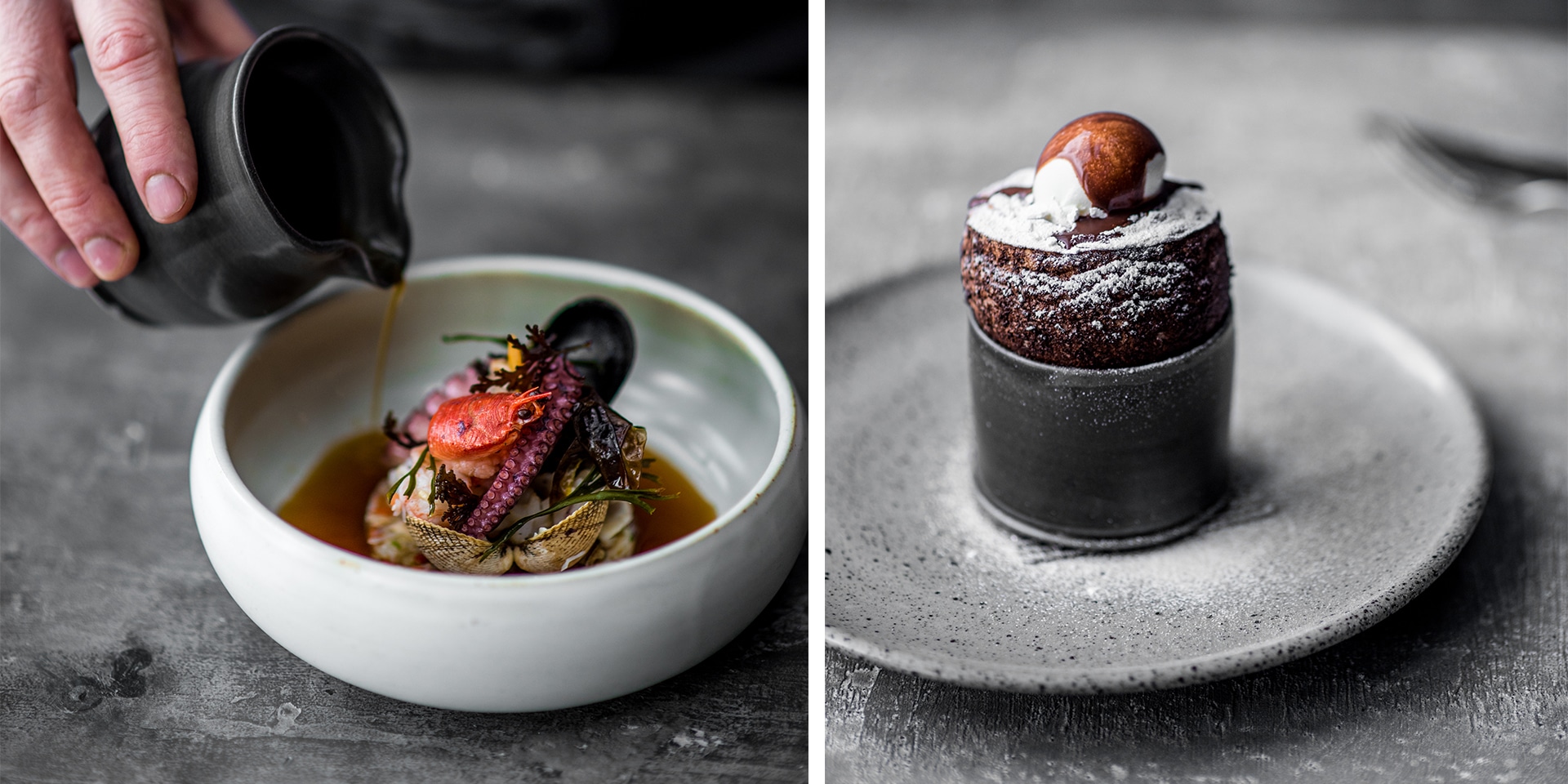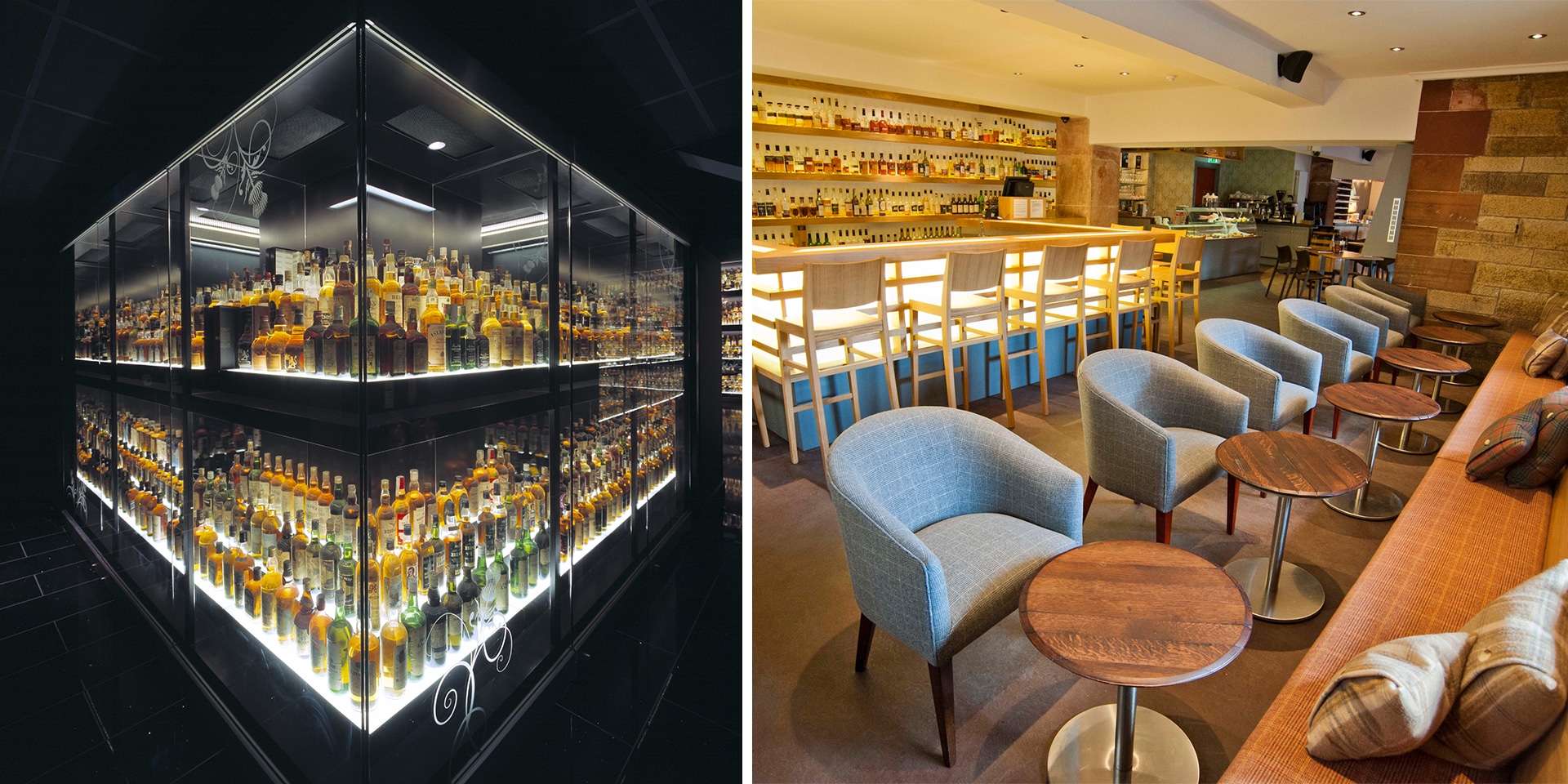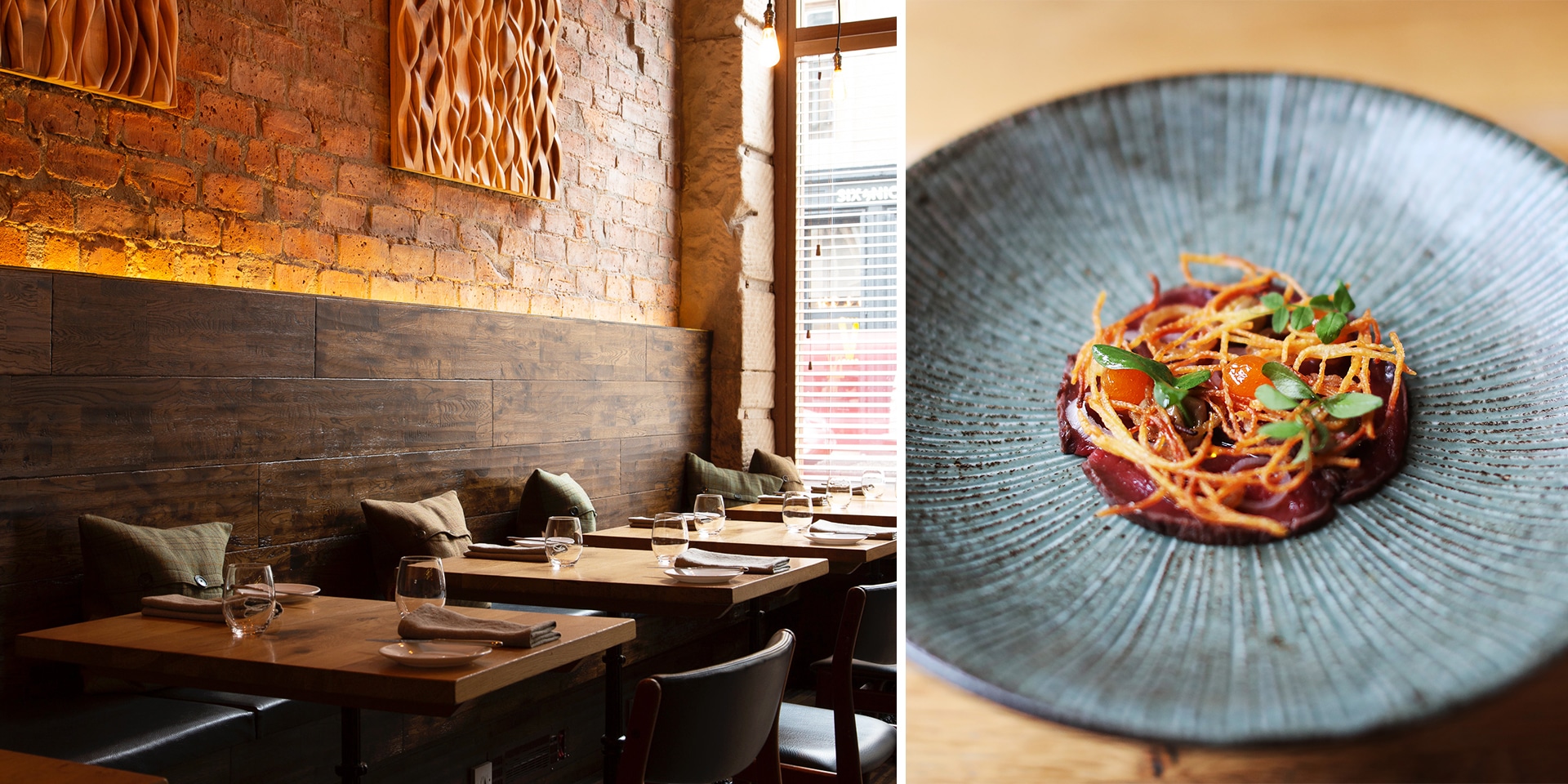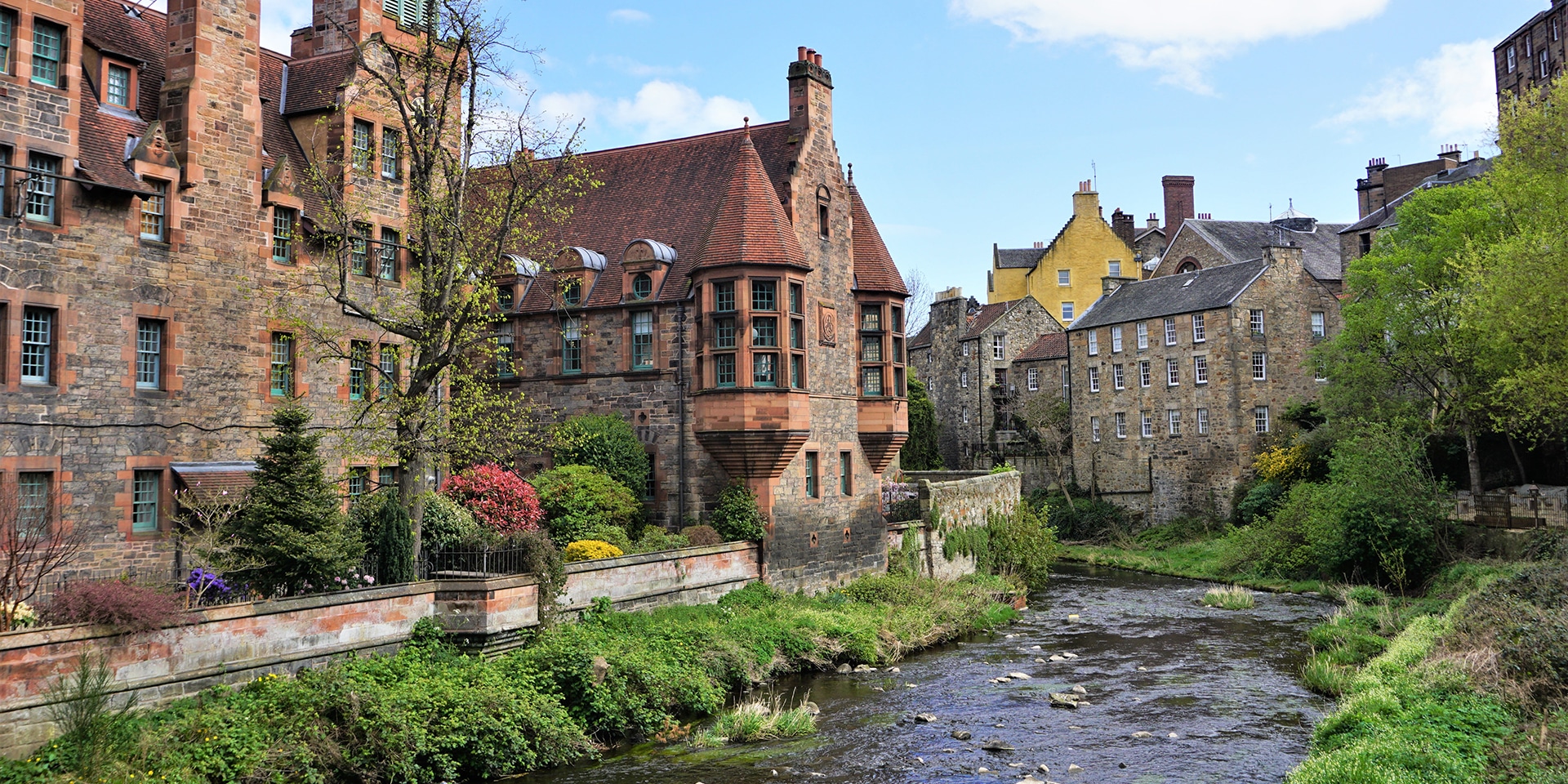Scotland’s two great cities have so much to offer. Their contrasting characters — Edinburgh is elegant, breathtakingly beautiful and full of wonder, while Glasgow has excitement and human warmth that shines through on the grayest of days — make them a perfect combination. Here’s what you mustn’t miss.
Edinburgh
See
Edinburgh Castle is the jewel in this gorgeous city’s crown. It dominates the skyline from Castle Rock, and its dramatic esplanade forms the backdrop for the Royal Edinburgh Military Tattoo, the historic centerpiece of the annual Edinburgh Festival Fringe, the largest arts festival in the world. Inside the castle you’ll find the 12th-century St. Margaret’s Chapel, the oldest building in the city, and Mons Meg, a huge 15th-century siege gun, among other treasures.
For the best view of Edinburgh, head for Arthur’s Seat, an extinct volcano and the highest point in Holyrood Park. The site is a mile east of Edinburgh Castle and relatively easy to climb. Even were it not, it would be worth it: The panoramic views over the city are superb.
Do
This is a city made for serendipitous wandering, but it’s worth making plans, too. At Gilmerton Cove, in the south of the city, you’ll find centuries-old tunnels and caverns carved by hand. Who did it and why? It’s not clear, but it’s well worth having a look for yourself.
On a fine day, you could do worse than to stroll the Water of Leith Walkway. It’s 12 miles from the start in Balerno, to the southwest of the city, to the riverfront finish — but you can pick it up wherever you choose. This “silver thread in a ribbon of green” leads you on a tranquil stroll through the heart of the city.
Eat
For high-end grub, it’s hard to beat The Kitchin, a MICHELIN-Starred restaurant by the water in Leith. Its French-influenced British cooking, using the best local ingredients Scotland can provide, is wonderful.

Drink
Pretty much any pub in Edinburgh will have a good selection of whisky. For a more immersive afternoon, head for the Scotch Whisky Experience, where the world’s largest selection awaits you.

Edinburgh also has a long and proud tradition of brewing beer. Perhaps the best of the modern breed is Pilot, based in Leith.
As for lighter Scottish spirits, the Secret Herb Garden, just south of the city offers sensory wonder — there is a huge array of botanicals grown here — and amid the gardens are copper stills creating incredible gin to taste.
Glasgow
See
Glasgow became “The Second City of Empire” during the 19th-century, and it’s from this era that many of its most important buildings date, like the University of Glasgow‘s campus in the city’s West End, from 1870. Designed in the Gothic Revival style by George Gilbert Scott, it towers over nearby Kelvingrove Park.
Glaswegians pride themselves on their sense of humor, which is why the statue of the Duke of Wellington in Royal Exchange Square almost invariably has an orange traffic cone wedged on the Iron Duke’s head.
For a taste of the other side of the city’s character — tough and Calvinist — try Glasgow Cathedral and the Necropolis, where the city’s Victorian worthies are buried and where a great view of the city and beyond awaits.
Do
Glasgow’s most elegant streets and buildings are in the West End, with the Kelvingrove Art Gallery and Museum at its heart. This red sandstone wonder, built in 1901, has something for everyone, from paintings by the Glasgow Boys (a late-19th-century group of radical young painters) to a fully restored Spitfire fighter plane. Those who love social history and transportation, meanwhile, should try the Riverside Museum. Both are free to enter.
Eat
Glasgow has not traditionally been one of Europe’s great gastronomic centers, but much has changed. The credit for that can go, in large part, to the Ubiquitous Chip, opened in 1971 and named in ironic fashion for the city’s favorite food. Try the homemade haggis.

Less than a mile southeast is Finnieston, a vibrant neighborhood known for its array of excellent restaurants. The Gannet, a local ingredient-centered restaurant, is one of its best.
Drink
Glasgow’s pubs are lively, to say the least; its tearooms provide an elegant counterpoint. For the former, try the Horseshoe Bar, with its 104-foot-long bar (the longest in Britain, it’s said), and the Pot Still, which has more than 700 different whiskies and a never less-than-warm welcome.
One of the classic places to have a cuppa, meanwhile, is the Mackintosh at the Willow, which is housed in a beautifully restored building that dates back to 1903.




